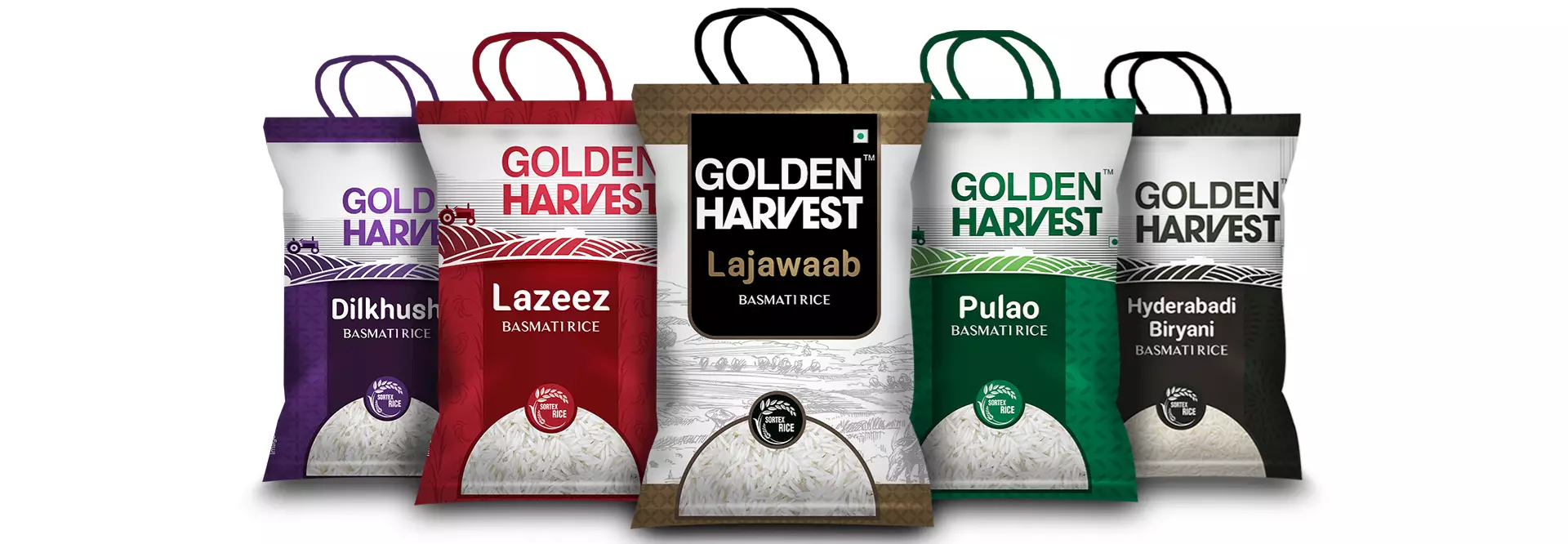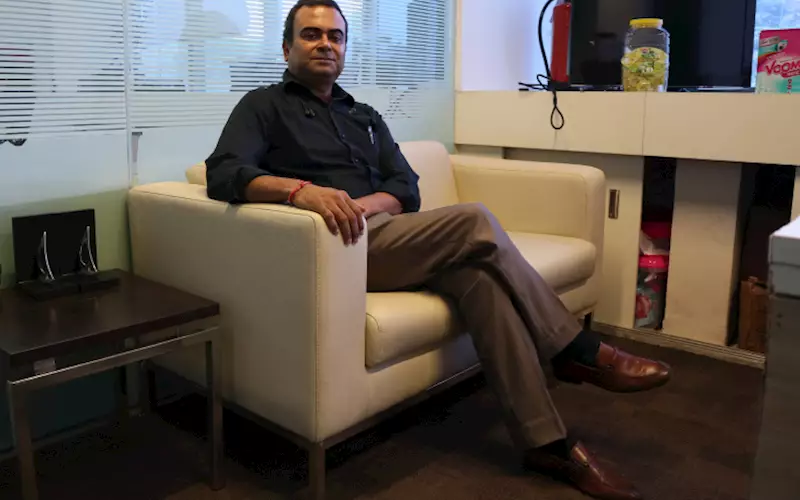Reduce and simplify, says Maneesh Sharma of Future
Maneesh Sharma, head packaging development, Future Consumer (FCL), believes that the key is to be proactive and ensure there are solutions that can be easily implemented hence needs to be technically feasible, commercially viable and scalable.
FCL has been reviewing its packaging portfolio and identifying which packs could be converted to more sustainable material specifications using sustainable design principles along with simplified structures/formats, colours and design elements.
In an illuminating conversation with Dinesh Ingawale of WhatPackaging? what emerges is: Demystify consumer perception of packaging as non-environmental friendly through reuse and recycle principles with proper communication around on the pack itself.
08 Nov 2019 | By WhatPackaging? Team
Dinesh Ingawale (DI): There is a clear trend towards healthy and nutrition rich packaged foods and beverages. Does packaging have a role to play? How does FCL leverage packaging to address the nutritional requirements of the consumers?
Maneesh Sharma (MS): We have adopted a very minimalist design approach. We use mostly transparent packaging and let the product show itself where product can be hero or not so sensitive to UV light. The colours take cue from earthy tones and we make use of regional motifs as the design basis for the brand proposition. This allows the product to take centre stage and associate itself with traditional Indian foods. As we move towards lesser additives and preservatives, special barrier coatings can be applied in packaging to preserve the nutritional value and extend shelf life.
DI: Your views on single use plastics. Many countries have made different interpretations of this term and have imposed various bans. If you were to define single use plastics, how would you define them?
MS: Technically speaking, any packaging which is discarded at the point of first use is single use. For e.g a milk pouch is discarded as soon as it is opened so it can be called as single use plastic; a bag of cereals on the other hand can be used to store the grains and required quantities can be drawn from it. The cereal bag will also be discarded eventually. Rather than debating the nomenclature, we should focus our energy to solve the waste management problem.
DI: As a brand owner, what are the strategies you deploy to tackle the waste management problem?
MS: Reduce, replace, reuse and recycle along with simplification is our mantra. We adopt a sustainable packaging model where we explore all possibilities to optimise the packaging required for a product without sacrificing its performance. For example, product categories which contain high water content. We are planning to convert a few of them to concentrates wherever viable to reduce the overall packaging requirement. Similarly refill pouches along with mainstream rigid packs are an attempt to reduce the overall packaging.
DI: What about flexible packaging?
MS: For flexible packaging, wherever feasible, we try to simplify it by moving to single family structures which are easier to recycle. We are a relatively new entrant to the market and at times we have to follow the established norms for the product categories to compete in the segment. As the products establish themselves, we start exploring the various possibilities of further optimisation on the principle of reduce,replace, etc.
Single-family flexible laminated product by Future Consumer

Future Consumer has started using PE+PE laminate structure for the staples in Golden Harvest brand
DI:Are there any challenges?
MS: We need to adapt the sealing and cutting systems of the packaging lines to suit the properties of these films. This can be done with modifications to the existing lines. We also need to address the barrier properties and stability. Cost and consumer aspects such as feel, aesthetics etc. also need to be addressed. It is challenging but doable with proper insights validation.
DI: What are some of the concerns you see in plastic waste management?
MS: The biggest challenge in front of us right now is the start to end waste management infrastructure.It has to start with waste segregation at the consumer’s end followed by ULBs (Urban Legislative bodies ) helping in channelizing materials, segregating infrastructure to enable implementation along with brand owners through recyclers and end users like cement manufacturers, road making authorities. Govt must promote recycled products made out of this waste.
Brand owners have charted out their EPR goals but it needs integration on a holistic level across all stakeholders to make it as viable circular economy model. Along with EPR we also need to have a goal for waste disposal and recycling mechanism for the ULBs/end users of this waste etc. For e.g. color-coded dustbins to help segregate waste in line with Green dot concept successfully used by Germany and many developed countries . We lack even this basic infrastructure right now.
DI: Any baby steps that we can undertake?
MS: Personally, I have started involving withAfroz Shah and volunteers for the Mithi river cleaning project. Where the dry waste is collected from small houses/shanties and cleaned, sorted and segregated in 4-5 categories before giving it over to Municipal body. This makes the recycling process efficient. Even a basic segregation between wet and dry waste goes a long way. This needs sustained efforts towards generating people awareness as well as putting collection and disposal mechanism at much larger stage.As Future group we have also started the pilot (Mumbai and Maharashtra selective outlets) of encouraging consumers to bring our bottles to the store and get Rs 10/bottle discount added to future wallet for next purchase.Marico is joining hands with us to take this to the next level of scalability.
DI: Future Group has one of the largest retail chains in India. Have you explored some strategies that can leverage this asset? For instance, in Europe, the container deposit scheme is deployed to collect the packaging and channel it back in to circular economy.
MS: We are aiming towards near zero packaging strategy wherever feasible. We are exploring dispensing systems at our stores where customers can bring their own containers. This can work extremely well for detergents and Home/personal care along shelf life based products and we are looking for suitable partners in FMCG to have sustainable and scalable modal . For food, I feel the food delivery chain deployed by QSRs may be a more useful model to replicate. The products can be delivered directly to homes and the containers shell re-circulated in densely populated Metros where there is closed loop supply chain. But we have to figure out how this will pan out in larger geographical areas.
DI: Of the various options that we have for the packaging materials, what do you think is the best? Do we have better alternatives?
MS: Glass is the best packaging material in my view for its aesthetics as well as barrier properties. But if we look at its Life cycle analysis (LCA) where end to end energy usage is calculated, it is one of the worst performers (still used though where there is strong consumer preference eg liquor, perfumes, liquid medicines, roll-ons etc). Glass is closely followed by metal. Paperboard involves cutting down of trees. In the developed countries, there are strict laws which mandate planting 4-5 times more trees than what are cut which is not the case with India yet. Finally, we have plastics/ It has the lowest energy requirements during processing as far as flexible packaging is concerned but we have a waste management issue to address. We need the industries, people, government and institutes to converge on this problem and come out with an end-to-end solution.











 See All
See All